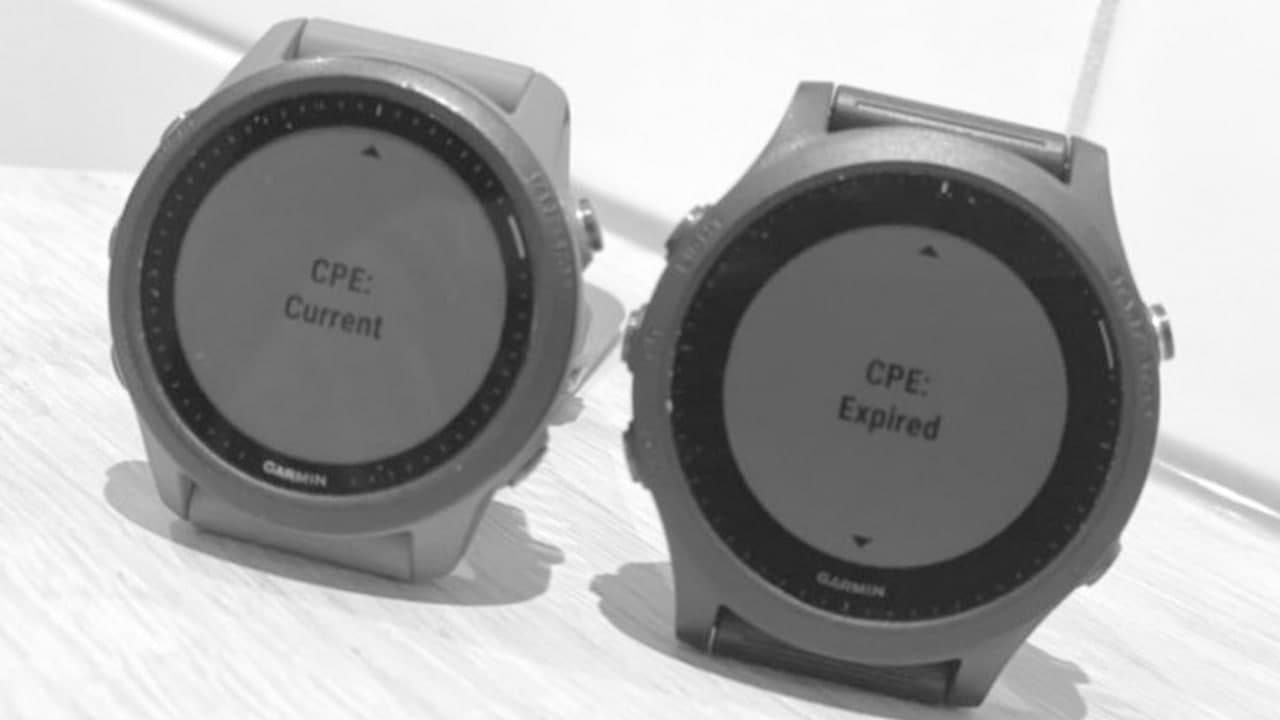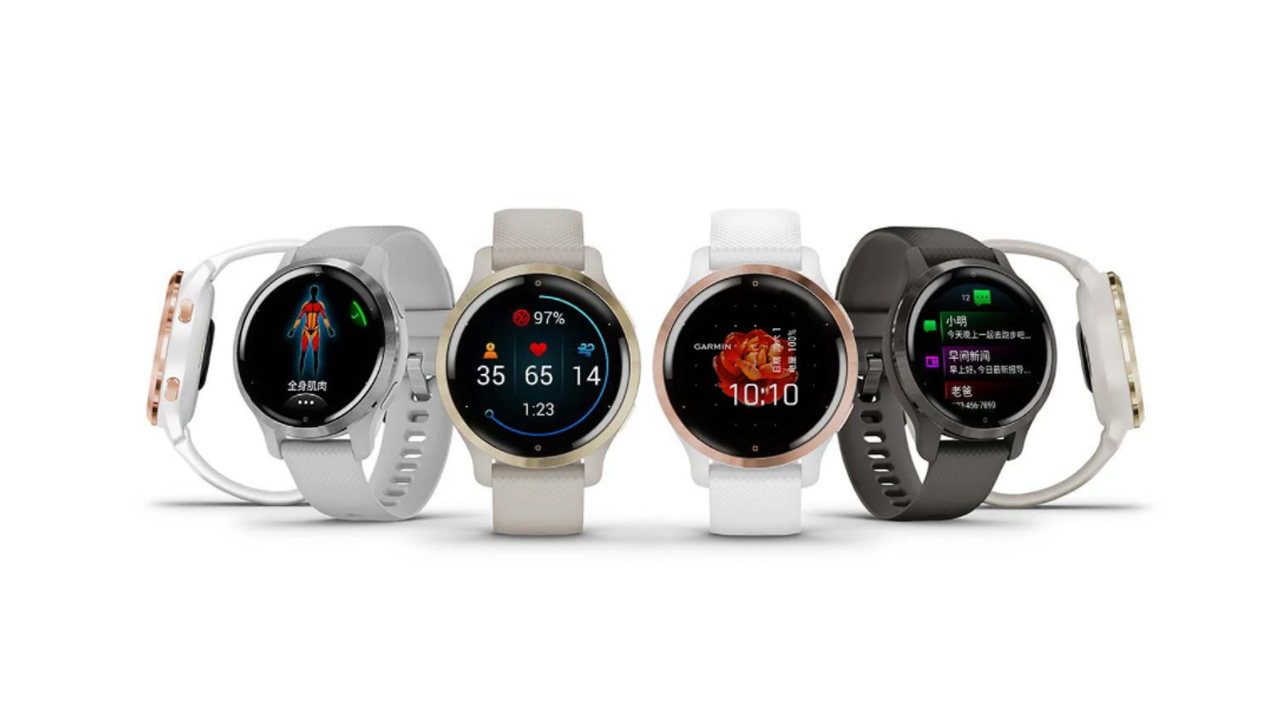According to the latest report, some users reported that the new GPS accuracy issues in 2021 will affect some GPS devices such as Garmin and Suunto.
This problem seems to mainly affect companies that utilize Sony GPS chipsets in their devices. This is basically all new Garmin devices launched in the past few years, most new Suunto devices, Polar devices; and all COROS devices, Wahoo RIVAL, and more.
Some are lists of affected devices:
- COROS GPS watch (although the original Pace needs to be checked carefully)
- Garmin Forerunner 45/245/745/945/Fenix 6/MARQ/ Vivo active 3/4/Venu
- Garmin Edge 130 Plus 530/830/1030 Plus
- Polar Vantage V/M/V2, Grit X, Ignite
- Suunto 5 & Suunto 9
- Wahoo RIVAL

Starting around 2018, all these companies switched to Sony GPS chipsets. Initially Polar and Suunto were eager to try, and soon after, companies such as Garmin and COROS followed up. Sony’s GPS chipset is widely used by these companies because it can save power and bring longer battery life.
The latest GPS accuracy problem is considered to be related to ephemeris data files, also called EPO files (extended predicted orbits) or connected predicted ephemeris (CPE), or simply called satellite pre-buffer files. This is the file that is often delivered to the user’s device (usually every few days).
The user’s watch and other devices will automatically obtain this file from their phone, WiFi, or USB via Bluetooth Smart, depending on how the user connects the device. Most companies will provide it whenever the user’s watch is synchronized and a new version is needed. Now, the data in this file is wrong, so the data used by the user’s watch in the first few minutes is also wrong-causing an offset. You can see an example below, from a DCR reader.
When the watch maintains the connection to the GPS satellites during exercise, it will generally revise itself when it retrieves updated data from it. Most users report that it will resolve on its own at the end of the exercise or the next exercise.
Update: The fix for this went out earlier this morning, most watches will automatically get corrected via normal background sync by the end of the day, but if headed out for a workout today, do a sync beforehand to ensure latest satellite data. https://t.co/OxxCVgto85
— Ray Maker (@dcrainmakerblog) January 3, 2021
To help solve this problem, users can simply put the watch and other equipment outside, let it record an hour of exercise, and then delete the data. After it receives the latest satellite information it needs, it is likely to correct itself.
Garmin said that they are working hard to solve this problem, and they think it is likely that they just updated the server’s satellite pre-cache data. But first, they (and others) are trying to figure out what exactly is wrong with the data that caused this situation. As of Sunday morning, this problem seems to have been resolved.











